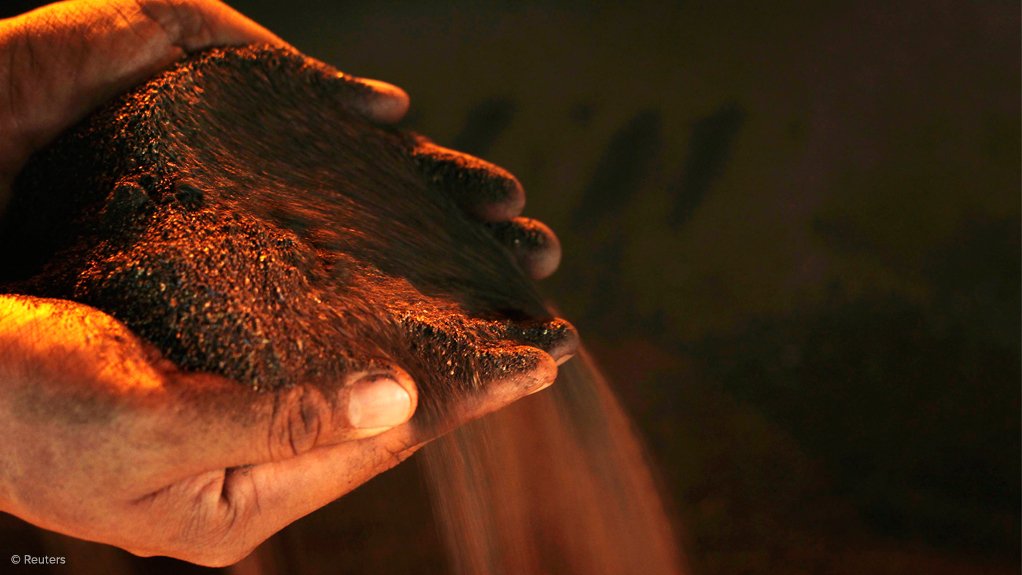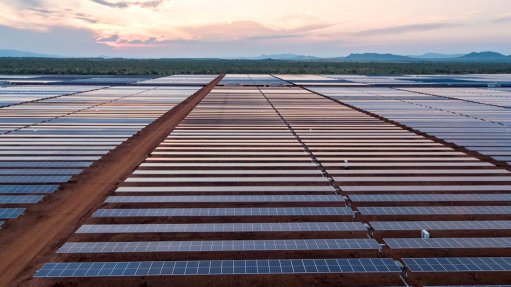Favourable mining cycle will not negate structural challenges



LARA SMITH If the commodity cycle is truly turning, then this will not be the first time South Africa doesn't fully benefit from a favourable mining cycle
FRONT RUNNER The Nickel outlook is strong and base metals are expected to outperform
Photo by Reuters
The structural challenges facing the mining sectors of topical African mining countries, namely Zambia, Namibia, Botswana, South Africa and the Democratic Republic of Congo (DRC), will be only slightly alleviated by an improved mining cycle, says commodities consultancy Core Consultants and its partner, business consultancy Core Africa.
“If the commodities cycle is truly turning, then this will not be the first time South Africa doesn’t fully benefit from a favourable mining cycle,” forewarns Core Consultants MD and cofounder of Core Africa Lara Smith.
During one of the greatest mining booms the world has ever seen – the commodities supercycle, which ran from 1999 to 2008 – South Africa had 6 100 abandoned mines and several more closed in this period, she notes.
Smith attributes the lack of productivity during the supercycle to low levels of education, obstructive trade union activity and the lack of cohesion among corporate South Africa, trade unions and government. These factors have continued to hinder sector growth, with recent political turmoil exacerbating the situation, she adds.
“There’s an opportunity for South Africa to shine again, should the commodities cycle turn, but it will take some work. The trend in South Africa and other African countries, such as Botswana and Namibia, over the past year has been to close marginal mine shafts, reduce numbers as much as possible in terms of labour and mechanise wherever possible if profitability allows.”
Smith says South Africa needs to show commitment to policies that support growth to reverse the trend, adding that Botswana and Namibia have a slight advantage, as their mineral policies have always been more investor friendly.
She warns that, “cycle or no cycle”, South Africa needs to take heed of its policies and ensure that they support the growth objectives. Policy-makers need to determine whether a proposed policy supports growth and increased profitability for investors before rushing to implement any policy decisions.
“They need to look at it from the perspective of the investors they are trying to attract,” Smith stresses, adding that if this is not done, South Africa will continue to lose out on positive business cycles.
Core Africa CEO David Creamer adds that last year’s relatively low prices for mineral commodities impacted on all Africa’s mining sectors. He explains that cheaply priced commodities severely impacted on the US dollar revenue generated by mining exports and that only the large African currency depreciations, such as the rand, naira and kwacha, allowed for local currency revenues to remain fairly robust.
While the relatively low price of oil has seemingly benefited the mining sector, this impact is negligible, as oil is an imported commodity. Therefore, the benefit of the low oil price is mostly offset by weak local currencies, Creamer notes.
As economic growth faltered throughout the past year, governments’ Minerals Ministries, specifically those of Zambia and the DRC, started considering the means of boosting mining revenue, despite lower returns. “These measures included everything – from increasing the price of energy to levying taxes of all kinds and imposing social impact reforms.”
Creamer cautions, however, that, while countries might benefit from these measures initially, the effects of new taxation policies and more exacting conditions around a social licence to operate may have the unintended consequence of repelling investors, which would hurt their mining industries over the longer term.
“Is there a solution to the structural challenges facing African mining, apart from another commodities supercycle? In my opinion . . . no, but one can certainly hope that the future will bring a new investment and growth model for Africa,” Creamer muses.
Such a model, he proposes, should include local beneficiation to support local manufacture of equipment, as well as local processing and consumption to reduce reliance on external players.
Global Commodities Outlook
Smith states that commodity price performance since the election of US President Donald Trump in November has been “a bit of a mixed pudding”, as metals with industrial applications, such as copper and iron-ore, have had strong price support, while the strong dollar has led to a weaker gold price.
“The nickel outlook is strong and we expect base metals to outperform as a result of the relatively strong growth in the US economy and the improved outlook for China,” Smith says, adding that China’s thirteenth Five-Year Plan has outlined promising policies of infrastructure investment, which should support stronger base metals demand.
“Our picks, in terms of market performance for base metals are, in order of popularity: nickel, copper, zinc and aluminium.”
The price of precious metals could continue to fall during this year, owing to a continued and sustained dollar rally, as well as higher-than-expected US treasury yields on the back of rate increases, Smith notes.
She adds that 2017 represents an exciting year for Core Consultants, as it officially introduces Core Africa, a new division of the company that will provide clients with tailored solutions to assist them in defining and implementing their Africa strategy.
While neither Core Consultants nor Core Africa will exhibit at the 2017 Investing in African Mining lndaba, being held from February 6 to 9 at the Cape Town International Convention Centre, representatives of both companies will attend the event to meet with current and potential clients.
Comments
Press Office
Announcements
What's On
Subscribe to improve your user experience...
Option 1 (equivalent of R125 a month):
Receive a weekly copy of Creamer Media's Engineering News & Mining Weekly magazine
(print copy for those in South Africa and e-magazine for those outside of South Africa)
Receive daily email newsletters
Access to full search results
Access archive of magazine back copies
Access to Projects in Progress
Access to ONE Research Report of your choice in PDF format
Option 2 (equivalent of R375 a month):
All benefits from Option 1
PLUS
Access to Creamer Media's Research Channel Africa for ALL Research Reports, in PDF format, on various industrial and mining sectors
including Electricity; Water; Energy Transition; Hydrogen; Roads, Rail and Ports; Coal; Gold; Platinum; Battery Metals; etc.
Already a subscriber?
Forgotten your password?
Receive weekly copy of Creamer Media's Engineering News & Mining Weekly magazine (print copy for those in South Africa and e-magazine for those outside of South Africa)
➕
Recieve daily email newsletters
➕
Access to full search results
➕
Access archive of magazine back copies
➕
Access to Projects in Progress
➕
Access to ONE Research Report of your choice in PDF format
RESEARCH CHANNEL AFRICA
R4500 (equivalent of R375 a month)
SUBSCRIBEAll benefits from Option 1
➕
Access to Creamer Media's Research Channel Africa for ALL Research Reports on various industrial and mining sectors, in PDF format, including on:
Electricity
➕
Water
➕
Energy Transition
➕
Hydrogen
➕
Roads, Rail and Ports
➕
Coal
➕
Gold
➕
Platinum
➕
Battery Metals
➕
etc.
Receive all benefits from Option 1 or Option 2 delivered to numerous people at your company
➕
Multiple User names and Passwords for simultaneous log-ins
➕
Intranet integration access to all in your organisation




















